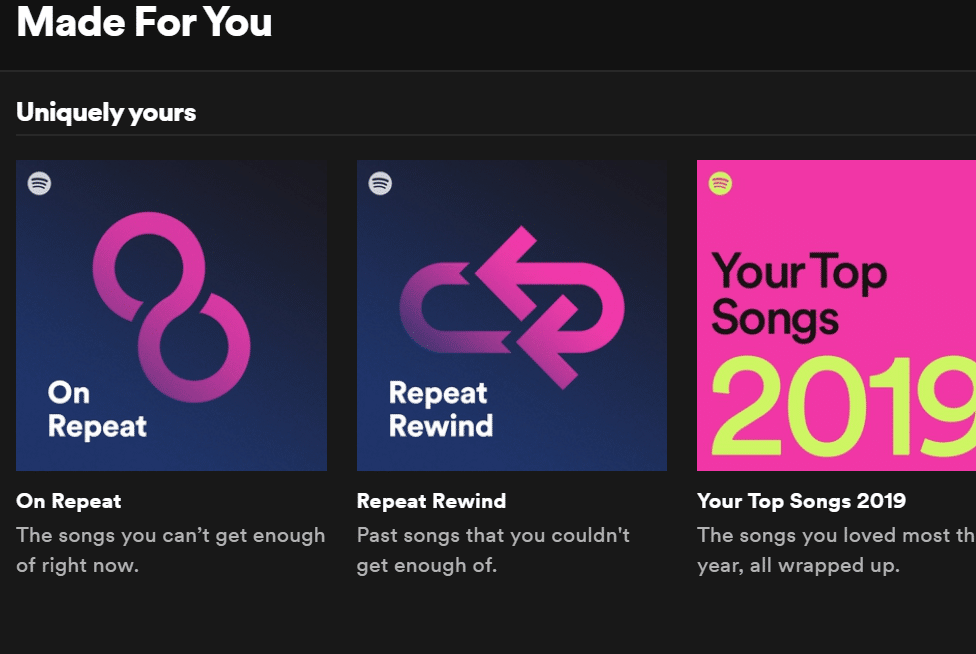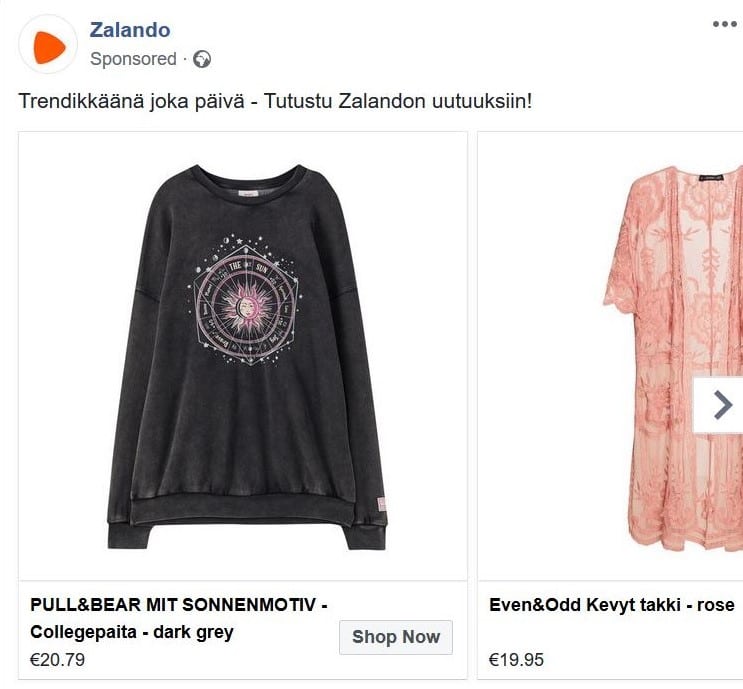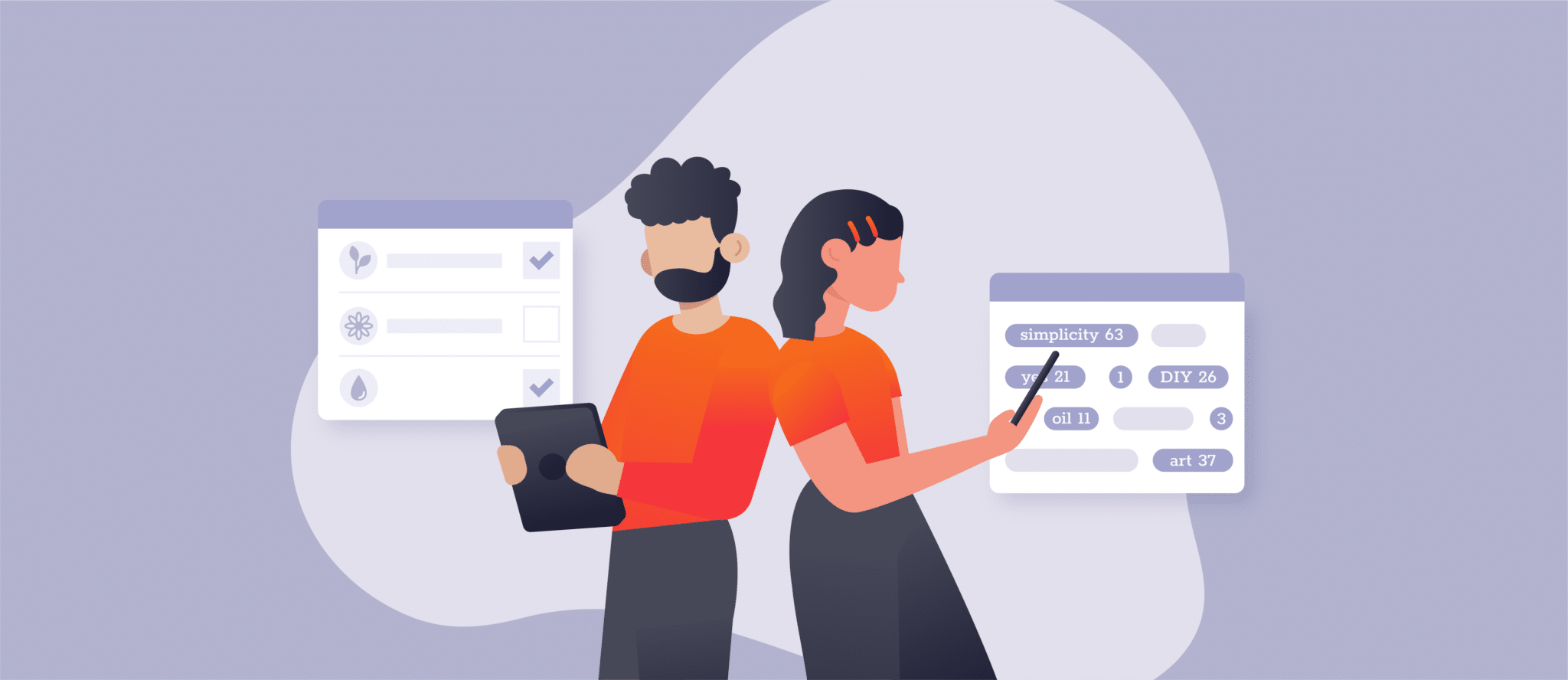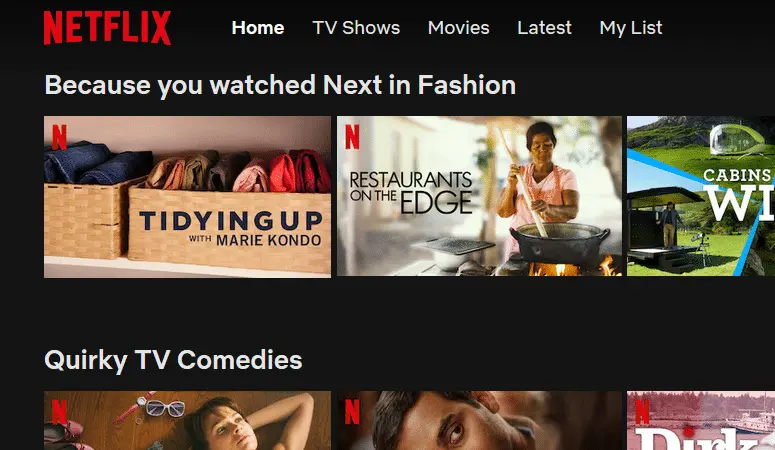Personalization is a buzzword in growth marketing. Many companies know about the importance of it for their business. But simply putting personalization as a goal on your roadmap is not enough. The power of personalization is in understanding what it means and how it works.
Personalization in and of itself is not a goal, in fact, it’s a tool to reach the goal of relevancy, accuracy, and speed. Personalization means looking at user-specific signals to make your product or content more relevant. For example, streaming services such as Spotify promotes music related to the one you listened to in the past, while demoting others that you are unlikely to listen to.

You’ve seen personalization at its most versatile being used on popular platforms such as Netflix or Amazon that let you experience the website quite differently depending on your preferences and profile.
Table of Contents
Personalization: What is personalized search?
When it comes to your internal site search, personalized search results are not just based on traditional ranking factors (relevancy, boosting of content). They also take the information the search engine has about the user into account – including their location, language, search history, or device.
Personalized search results are more accurate and relevant to the particular user, allowing them to find the information they need immediately. Overall, the experience for the user is better. That can lead to higher conversion rates, longer visit durations, lower bounce rates, and improved brand reputation.
As an example: If someone buys an iPhone on your retail website, with personalization, you can suggest accessories fitting to the model they chose. Not only did they find what they were looking for faster, but the results were also relevant to the model they bought.
Personalization can be used implicitly by boosting the ranking of certain results or explicitly i.e. adjusting the UI to state “Because you watched” (see example below).
How personalized search works
In general, there are two main ways to personalize search results. The user can affect the results with their own choices and browsing history or they get results offered based on their profile automatically.
Going back to our Netflix example, you might choose certain styles of movies to search through (comedy, romance, horror, thriller, etc.). This will affect what content will be shown to you in the future. If you search for comedies, more comedies will appear in the results.
But some of the content will also be offered based on your profile. If your location is Sweden, Netflix will suggest some of the top ten most-watched series in Sweden that week.
Why Do You Need Site Search Personalization?
On your site search, consumers will clearly state their intent and what they are looking for. If the results they get are irrelevant and non-personalized, they might leave the website and search elsewhere.
eCommerce is one of the most important industries for personalized search. Clients who search for a product want to find a relevant option for themselves and are more likely to come with an intent to purchase.
Similar to a traditional shop where an employee would be ready to show you products that suit your needs and wants, personalization offers better fitting results to the customer. Nowadays, companies compete for every minute or even second to grab attention from a user. Personalization can be a blessing in disguise where you show that you care about your users’ interests and preferences through relevant content.
How to implement personalization
Implementing personalization is an art form that requires balance. Transparency and relevance are key. Personalization done wrong can negatively impact your user experience and thereby your conversion rates. You want personalization to be relevant without being creepy (“Didn’t I just talk about this with my friend?”).
But where is the line between creepy and relevant? You don’t want your users to feel like you are spying on them while at the same time offering relevant content. In a recent study by a multichannel behavioral marketing platform SmarterHQ, 90% of consumers are willing to provide behavioral data for a better shopping experience. But 63% of respondents said they would stop purchasing products and services from companies that take “creepy” marketing too far.
Among the most common forms of personalization that were considered “creepy” were website chat popups that use artificial intelligence (AI) and advertisements featuring products or brands, a consumer has looked at online or on their phone.

Rules to follow when implementing personalization
Any data collection on your website should be transparent and based on opt-ins. In a study by Harris Poll, 75% of consumers said that if they don’t trust a company to protect their data they won’t buy from them no matter how great their products are.
The variables for your personalization should be relevant. As simple as that sounds, it’s an easy pitfall if you don’t fully understand your data. One of the parameters to personalize search results could be the length of the keyword. Nevertheless, this does most likely not enhance the experience for your user.
Instead of blindly applying a personalization algorithm that was built for any company, it’s recommended to adjust the personalization logic based on your business and your audience. To find the right balance, in-depth research and the right tools to support the process are required.
In addition, when personalization is done well, the internal search will take into consideration when a product is bought and won’t be offering it time and time again. Going back to our example of the iPhone: If the customer already bought one, it might be frustrating to see it suggested again and again (especially if it goes into a sale). At the same time, you are losing an opportunity to upsell this person to add-ons and extras for the phone.
Who needs a personalized site search?
Unless your user group is very homogenous, any website owner can benefit from personalization.
If your eCommerce serves both businesses and individual consumers, actions the user takes to give an indication on which customer group they belong to. As an example, if a user searches for information on advertising on your platform, it indicates that they are a B2B user and can be offered more relevant content.
The broader your user intent, the better personalization works for you. When the user is browsing for content or searching for a product that offers different options (coloring, version, size, etc.), personalization is a great way to connect them with content or products that fit their preferences.
Many global brands such as Yamaha, BitNami, Toyota, and educational institutions like Harper Adams University and Robert Gordon University are using AddSearch for their respective websites. We offer expertise on personalization features and support you in finding a case-specific fit for your company.
Over to you
Are you interested in personalization for your website? Let’s talk!




